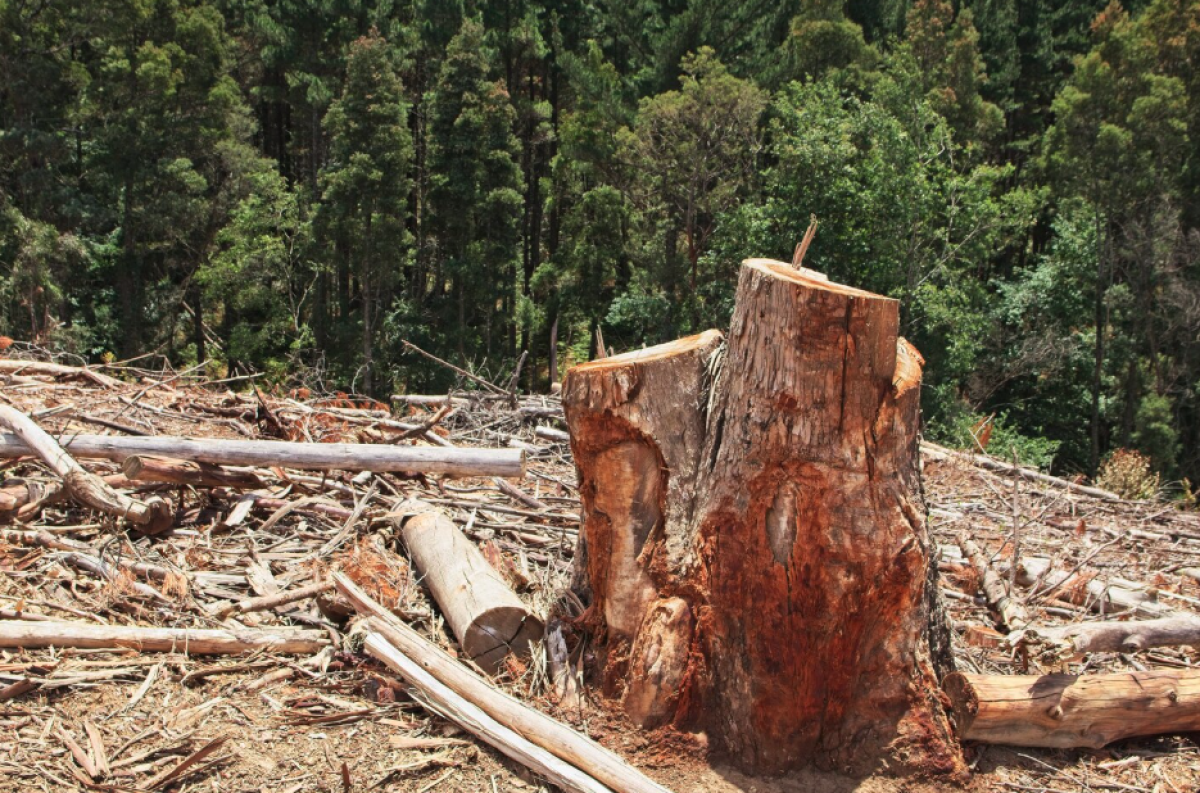Chemical Vs. Manual Tree Stump Removal: Which Works Better?

Removing a tree can feel like a big task, but the job doesn’t end when the trunk is gone. The leftover stump can affect your yard’s look, safety, and even the health of other plants. Many homeowners in Tree Stump Removal in Roanoke, VA situations find themselves choosing between chemical and manual methods. Each approach has its benefits and drawbacks, and the right choice depends on time, cost, effort, and your yard’s condition.
Why Stump Removal Matters More Than You Think
A leftover stump is not just an eyesore. It can be a tripping hazard, attract pests like termites, and even sprout new growth. If left in place, it can take years to rot naturally, making yard work harder and landscaping less appealing. Removing it not only improves appearance but also protects your outdoor space from potential issues.
The Basics of Chemical Stump Removal
Chemical removal involves applying special stump-removing products that speed up natural decay. The process requires drilling holes into the stump, filling them with the chemical, and waiting weeks or months for it to soften. Once softened, the stump is much easier to break apart and remove.
Pros of Chemical Removal
● Less physical labor
● Minimal digging or equipment use
● Can be done at your own pace
Cons of Chemical Removal
● Slow process, results may take months
● Requires careful handling of chemicals
● May not work as well on very large or dense stumps
The Basics of Manual Stump Removal
Manual removal is all about using physical force and tools like axes, shovels, and saws to cut and pull the stump out. In some cases, machinery like a mini-excavator may be used.
Pros of Manual Removal
● Immediate results once the work is done
● No chemical handling required
● Works well for smaller stumps or shallow roots
Cons of Manual Removal
● Physically demanding and time-consuming
● May require special tools or rented equipment
● Can disturb surrounding soil and landscaping
How Size and Location Affect Your Choice
Large stumps with deep roots are harder to remove manually without machinery. On the other hand, a small stump in a tight spot near structures may be difficult to grind or dig out, making chemical removal a better fit.
If you have several stumps to clear, mechanical grinding or chemical methods might save time and effort compared to tackling each one with hand tools.
Environmental and Safety Considerations
Chemical removal requires caution to avoid harming nearby plants or contaminating the soil. Always follow safety instructions and store unused products away from pets and children.
Manual removal avoids chemical risks but can cause muscle strain or injury without proper tools and safety gear. Wearing gloves, sturdy boots, and eye protection is important for both methods.
Time vs. Effort: Deciding What Matters Most
If speed is your priority, manual methods or hiring a stump grinding service may be best. If you don’t mind waiting and prefer less physical work, chemicals can do the job over time.
Professional Help Can Change the Game
Sometimes, the most practical choice is hiring experts with the right tools. A professional stump grinding service can remove stumps quickly and safely, without the delays of chemical decay or the heavy lifting of manual work.
This option is especially useful for large or multiple stumps, or when you want to preserve surrounding landscaping.
The Bottom Line
Both methods can work, it comes down to your timeline, budget, and comfort level with physical labor or chemicals. Many homeowners choose manual removal for smaller stumps and chemicals for harder ones. Others skip the wait and call in professionals for fast, clean results.
If you decide to hire help, a Tree Stump Grinder Service can save time, reduce effort, and leave your yard looking smooth and safe.
FAQs
1. How long does chemical stump removal take?
It can take anywhere from a few weeks to several months, depending on the stump’s size and wood type.
2. Is manual stump removal possible without special tools?
Yes, for smaller stumps you can use basic tools like a shovel and axe, but larger stumps often require more specialized equipment.
3. Will chemicals harm my lawn?
If used correctly, most stump-removing chemicals are safe for surrounding grass, but misuse can damage plants.
4. What’s the fastest stump removal method?
Grinding or professional manual removal provides the quickest results, often within a few hours.
5. Can I remove a stump myself without hiring professionals?
Yes, but it depends on the size and location. Smaller stumps are manageable for DIY, while large ones can be more cost-effective to have professionally removed.